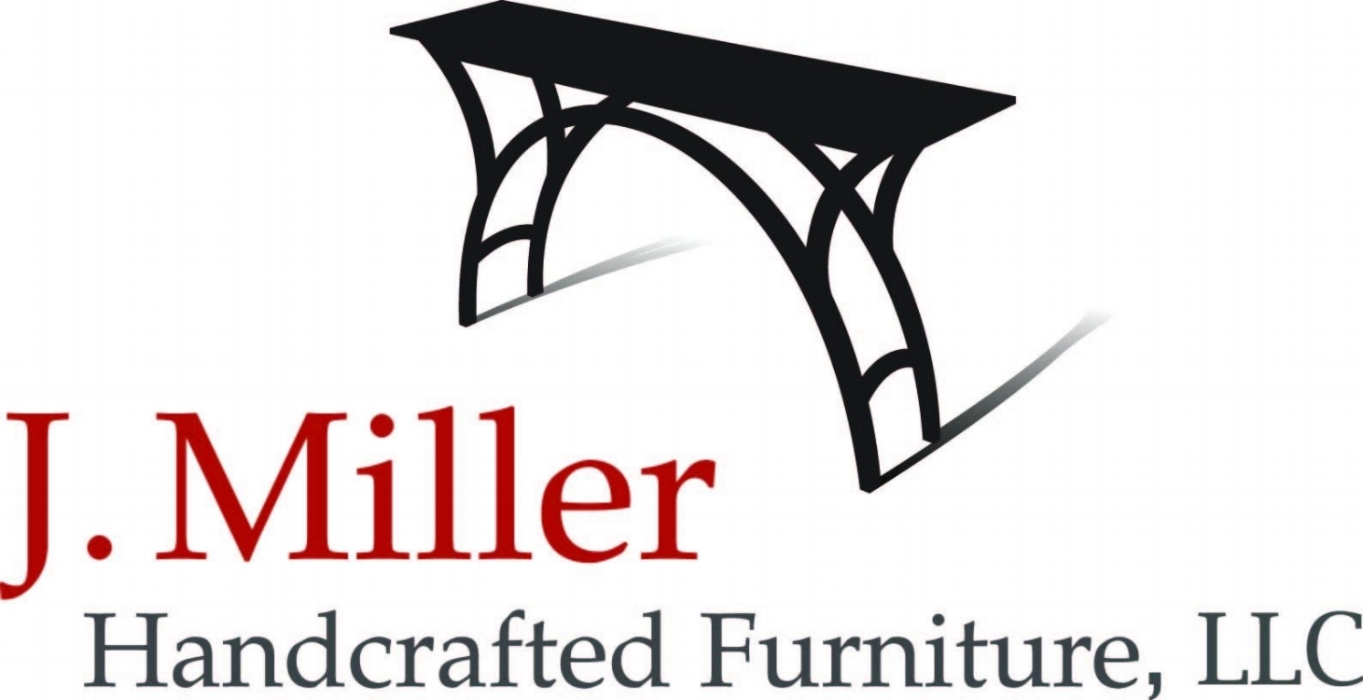The Complex Joinery of the Toccata Chair
Aug 20 2013
I worked on the stretchers for my Toccata chair today. This is probably the most difficult part of this chair. Each stretcher is a bent lamination, which gets let into a groove in the rear leg, and then joins with the front leg with what turns out to be a compound-angled twin tenon (into a curved part). And there’s a little twist (in the stretcher) thrown in for ‘fun’.
I guess the first question is “why?” Well, after messing around with various options as I was designing the chair, I settled on this as by far the strongest way to do the stretcher. It also allows for the stretcher to grow out of the rear leg visually, and adds the strength of a lamination to a vulnerable part of the rear leg. The twin tenon? Again, it’s the strongest joint for the job. There’s lots of good glue surface in the two short mortises and tenons that run vertically. A horizontal tenon would leave lots of endgrain in the mortise, which adds almost nothing to the joint strength. And the compound angles? Well, thathappens a lot on chair stretchers.
I try not to let technical issues get in the way of what I want to do with a design. Once I know what I want the chair to look like (which certainly can take a while), I figure out what I think is the best way to do it. This single thing – not designing within my limits – has done more than anything else to improve my woodworking skills.
I don’t really worry about joints like this any more. I’ve seen these over and over as a chair maker, and I’ve learned to deal with them in many different ways. Most of the work here was by hand. The trickiest part of the day was scribing the shoulder of the twin tenon to match the leg. I’m still developing my own tools for this, but here I relied on a thin knife blade and a spacer. Then came paring back to the scribed lines.



